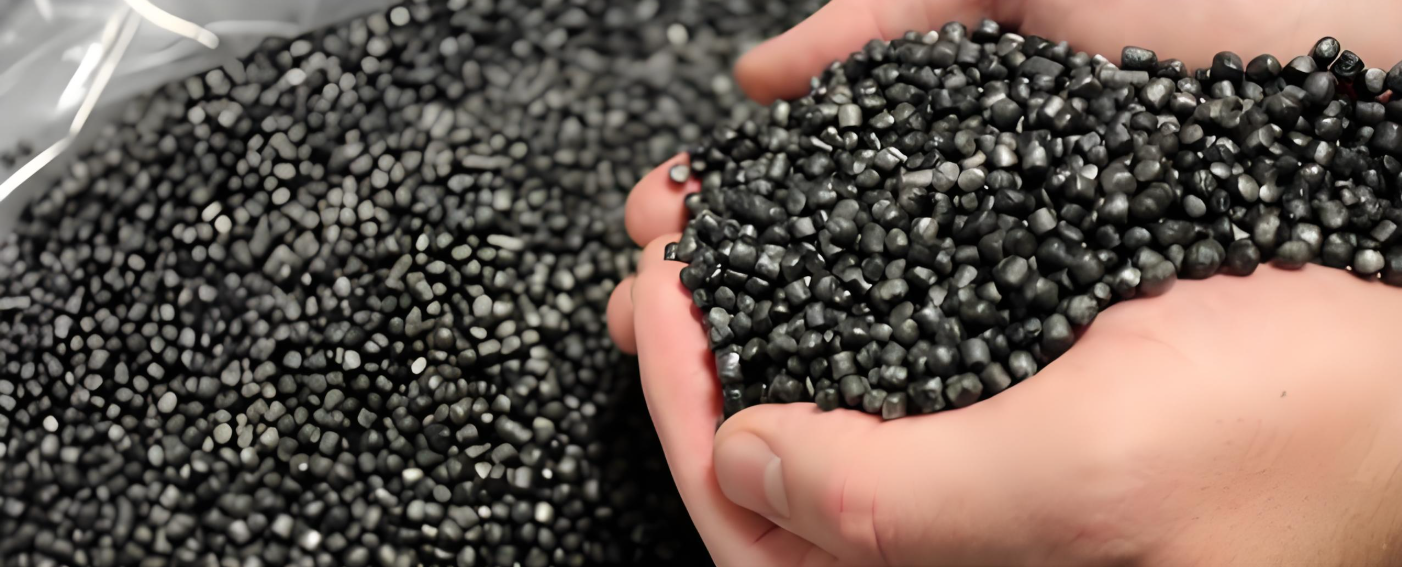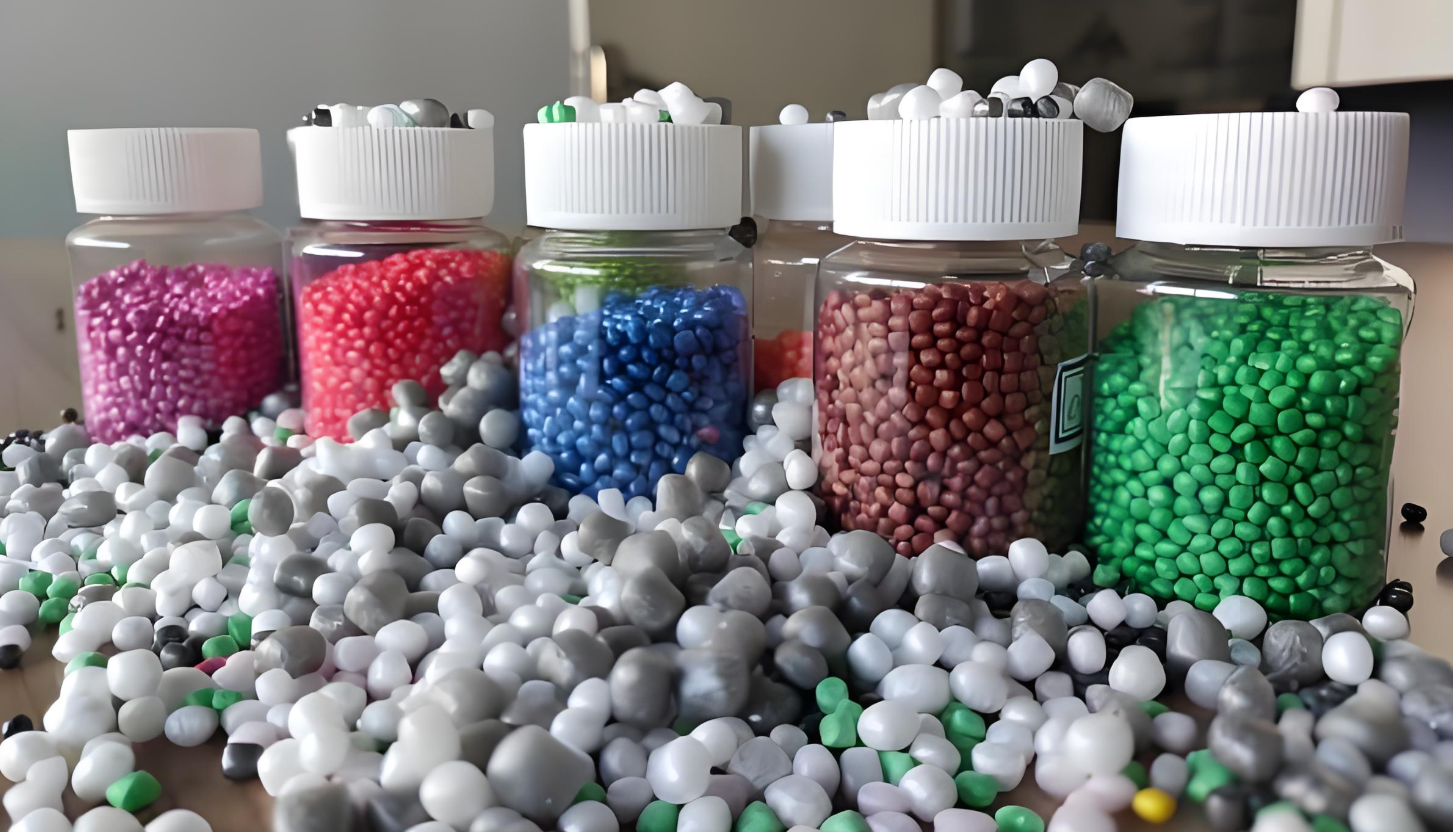


In the dynamic realm of materials science, has emerged as a star performer, celebrated for its unique blend of properties. To truly understand the wonders of EPP foam, one must first explore the raw materials that give it life.
1. High-Melt-Strength Polypropylene (HMS-PP): The Core Ingredient
The production of HMS - PP typically involves complex polymerization techniques. Specialized catalysts and reaction conditions are employed to induce branching in the polypropylene chains. For example, some methods use metallocene catalysts, which offer precise control over the polymerization process. By carefully adjusting factors such as temperature, pressure, and the ratio of reactants, manufacturers can fine - tune the molecular structure of the polypropylene to obtain the desired high - melt - strength properties. Metallocene - catalyzed polymerization allows for a more uniform distribution of branches along the polymer chains, resulting in a material with enhanced melt strength and better foaming characteristics. This level of control is essential for producing high - quality EPP foam with consistent properties.

Chemical Blowing Agents
Chemical blowing agents, on the other hand, decompose upon heating to release gases. Azodicarbonamide is a frequently used chemical blowing agent in EPP foam production. When heated, it decomposes to produce nitrogen, carbon dioxide, and ammonia gases. These gases then create the voids in the HMS - PP matrix as it solidifies into foam. Chemical blowing agents offer the advantage of being able to be precisely dosed, allowing for better control over the density and cell size of the resulting EPP foam. The decomposition temperature of azodicarbonamide can be tailored by adding activators or modifiers, enabling manufacturers to time the gas release accurately during the foaming process. This level of control is crucial for producing EPP foam with specific performance characteristics, such as a desired density or cell structure.
3. Additives: Tailoring the Performance
Nucleating Agents
Nucleating agents are added to promote the formation of a large number of small, uniform gas cells. These agents act as sites around which the blowing agent gases can accumulate and form bubbles during the foaming process. Talc is a commonly used nucleating agent in EPP foam production. By increasing the number of nucleation sites, nucleating agents help to create a more homogeneous foam structure with smaller cell sizes. This, in turn, improves the mechanical properties of the EPP foam, such as its strength and impact resistance. Smaller cell sizes result in a more uniform distribution of stress within the foam, reducing the likelihood of crack propagation and enhancing its overall durability. Other nucleating agents, such as mica or certain polymers, can also be used depending on the specific requirements of the EPP foam application.
Flame Retardants
In applications where fire safety is a concern, flame retardants are added to EPP foam. Since polypropylene is a flammable material, the addition of flame retardants is essential to reduce the risk of fire. Halogen - based flame retardants were once commonly used, but due to environmental concerns, there is a growing trend towards using halogen - free alternatives, such as phosphorus - based or nitrogen - based flame retardants. These additives work by interfering with the combustion process, either by releasing non - flammable gases to smother the fire or by forming a protective char layer on the surface of the foam, preventing further combustion. Phosphorus - based flame retardants, for example, can promote the formation of a char layer that acts as a barrier, insulating the underlying foam from the heat and oxygen of the fire. This not only helps to prevent the spread of the fire but also reduces the release of toxic gases during combustion.

In the dynamic realm of materials science, has emerged as a star performer, celebrated for its unique blend of properties. To truly understand the wonders of EPP foam, one must first explore the raw materials that give it life.
1. High-Melt-Strength Polypropylene (HMS-PP): The Core Ingredient
The production of HMS - PP typically involves complex polymerization techniques. Specialized catalysts and reaction conditions are employed to induce branching in the polypropylene chains. For example, some methods use metallocene catalysts, which offer precise control over the polymerization process. By carefully adjusting factors such as temperature, pressure, and the ratio of reactants, manufacturers can fine - tune the molecular structure of the polypropylene to obtain the desired high - melt - strength properties. Metallocene - catalyzed polymerization allows for a more uniform distribution of branches along the polymer chains, resulting in a material with enhanced melt strength and better foaming characteristics. This level of control is essential for producing high - quality EPP foam with consistent properties.

Chemical Blowing Agents
Chemical blowing agents, on the other hand, decompose upon heating to release gases. Azodicarbonamide is a frequently used chemical blowing agent in EPP foam production. When heated, it decomposes to produce nitrogen, carbon dioxide, and ammonia gases. These gases then create the voids in the HMS - PP matrix as it solidifies into foam. Chemical blowing agents offer the advantage of being able to be precisely dosed, allowing for better control over the density and cell size of the resulting EPP foam. The decomposition temperature of azodicarbonamide can be tailored by adding activators or modifiers, enabling manufacturers to time the gas release accurately during the foaming process. This level of control is crucial for producing EPP foam with specific performance characteristics, such as a desired density or cell structure.
3. Additives: Tailoring the Performance
Nucleating Agents
Nucleating agents are added to promote the formation of a large number of small, uniform gas cells. These agents act as sites around which the blowing agent gases can accumulate and form bubbles during the foaming process. Talc is a commonly used nucleating agent in EPP foam production. By increasing the number of nucleation sites, nucleating agents help to create a more homogeneous foam structure with smaller cell sizes. This, in turn, improves the mechanical properties of the EPP foam, such as its strength and impact resistance. Smaller cell sizes result in a more uniform distribution of stress within the foam, reducing the likelihood of crack propagation and enhancing its overall durability. Other nucleating agents, such as mica or certain polymers, can also be used depending on the specific requirements of the EPP foam application.
Flame Retardants
In applications where fire safety is a concern, flame retardants are added to EPP foam. Since polypropylene is a flammable material, the addition of flame retardants is essential to reduce the risk of fire. Halogen - based flame retardants were once commonly used, but due to environmental concerns, there is a growing trend towards using halogen - free alternatives, such as phosphorus - based or nitrogen - based flame retardants. These additives work by interfering with the combustion process, either by releasing non - flammable gases to smother the fire or by forming a protective char layer on the surface of the foam, preventing further combustion. Phosphorus - based flame retardants, for example, can promote the formation of a char layer that acts as a barrier, insulating the underlying foam from the heat and oxygen of the fire. This not only helps to prevent the spread of the fire but also reduces the release of toxic gases during combustion.